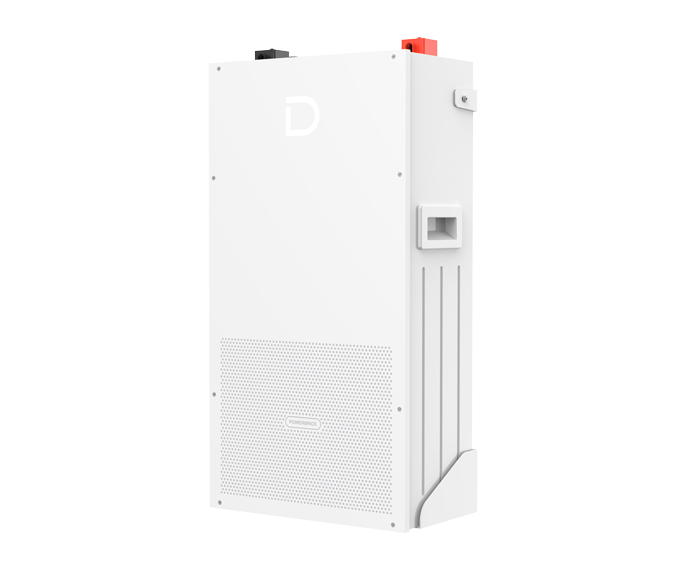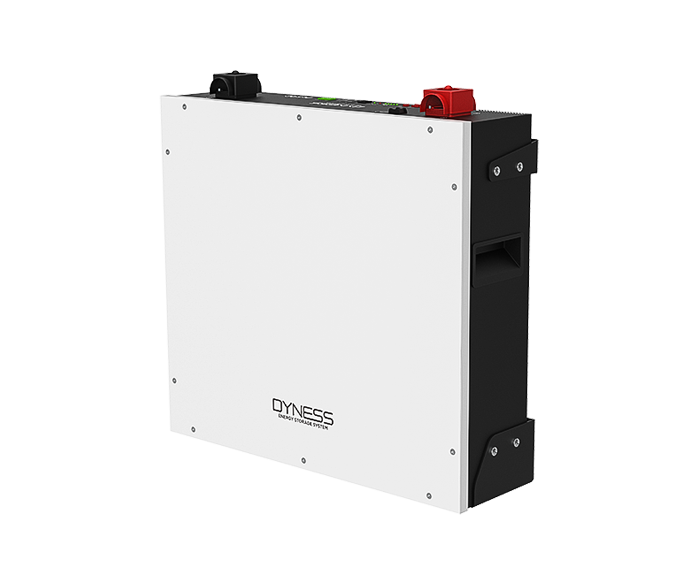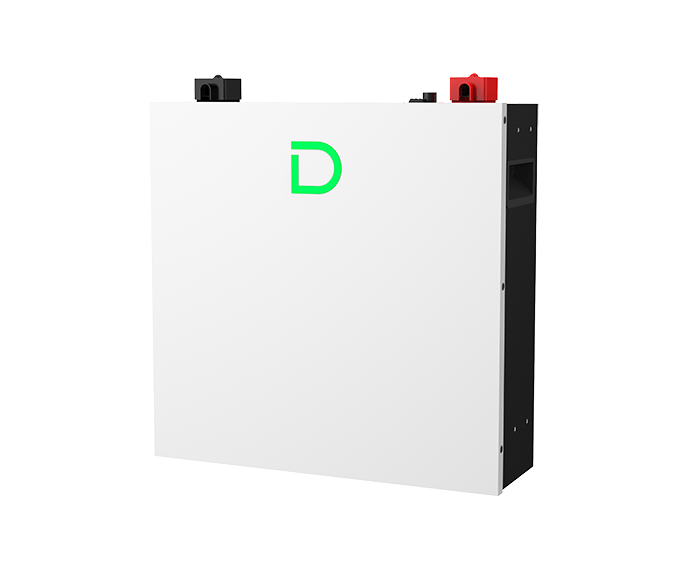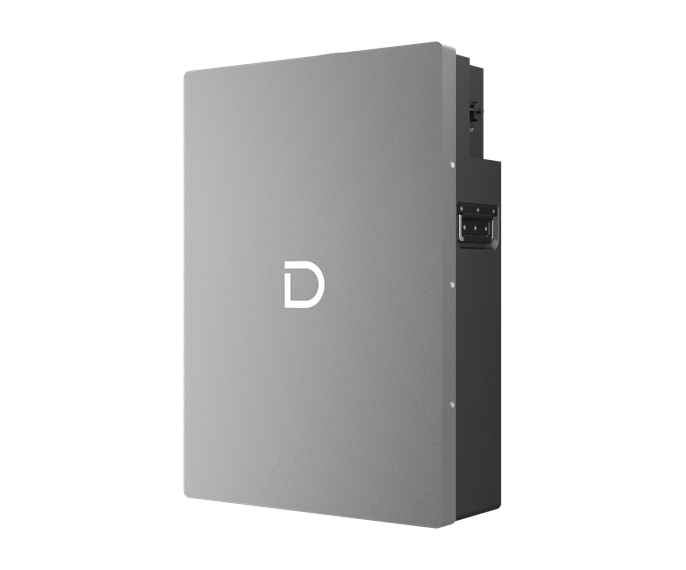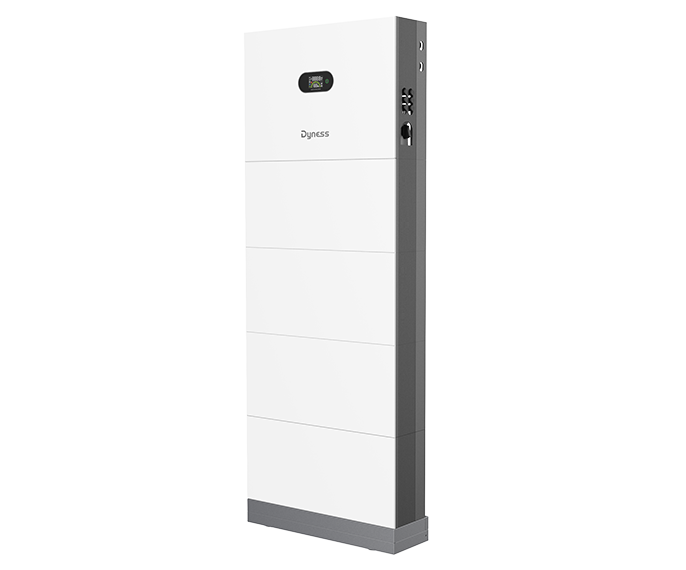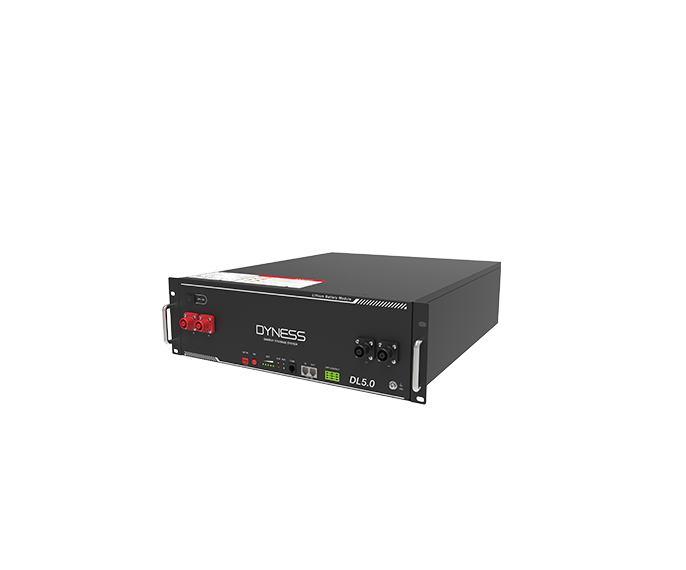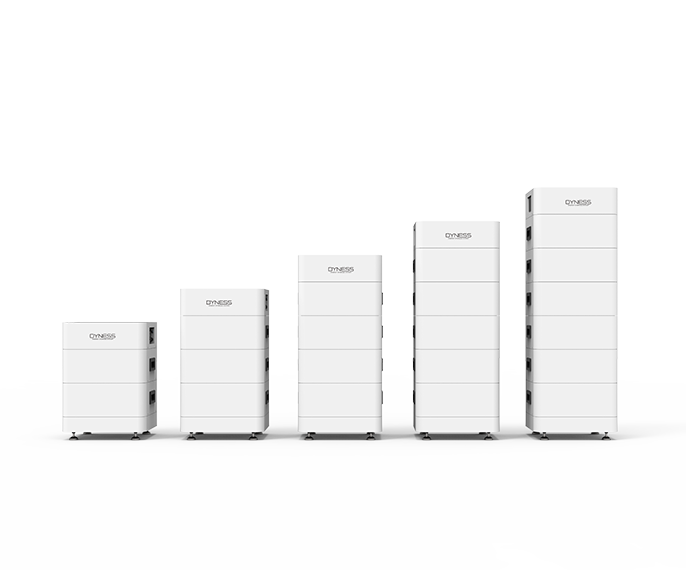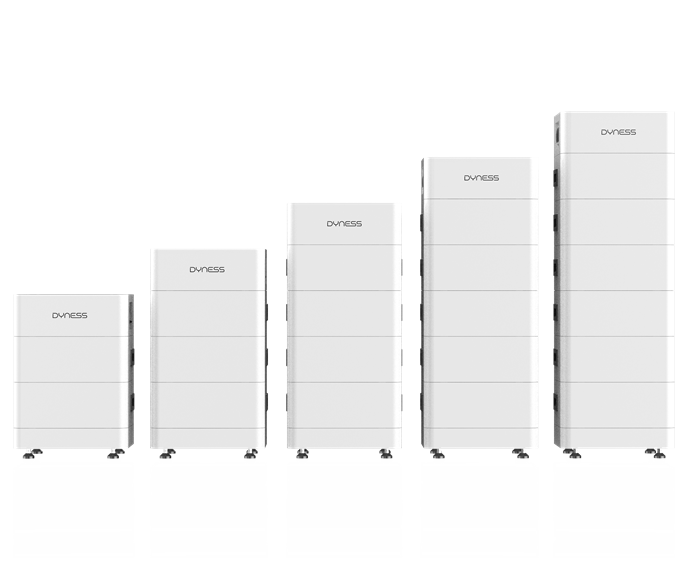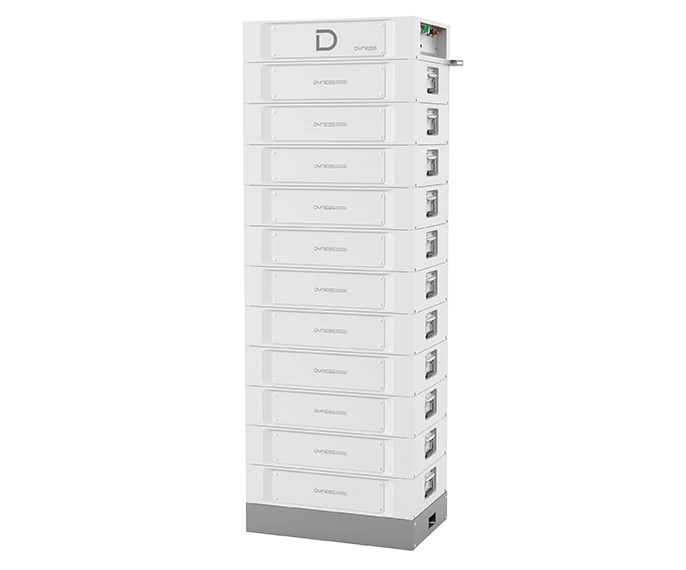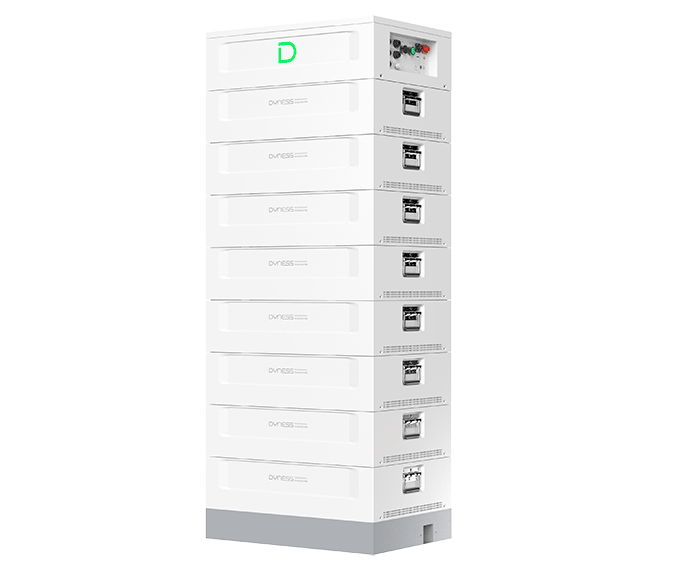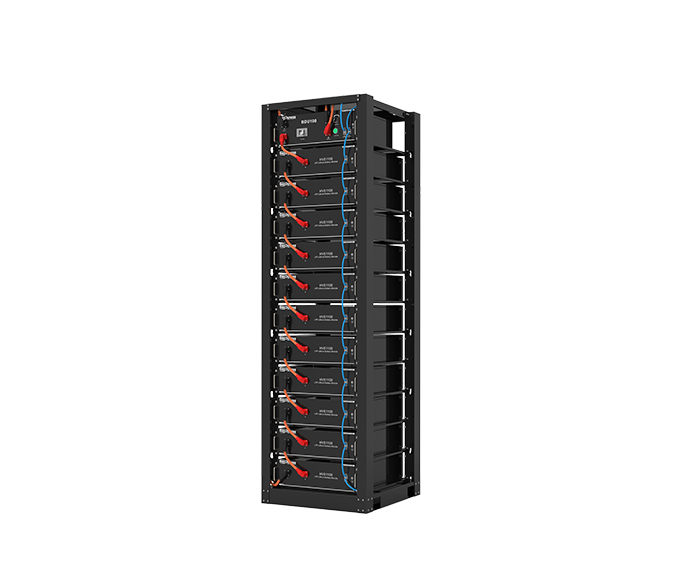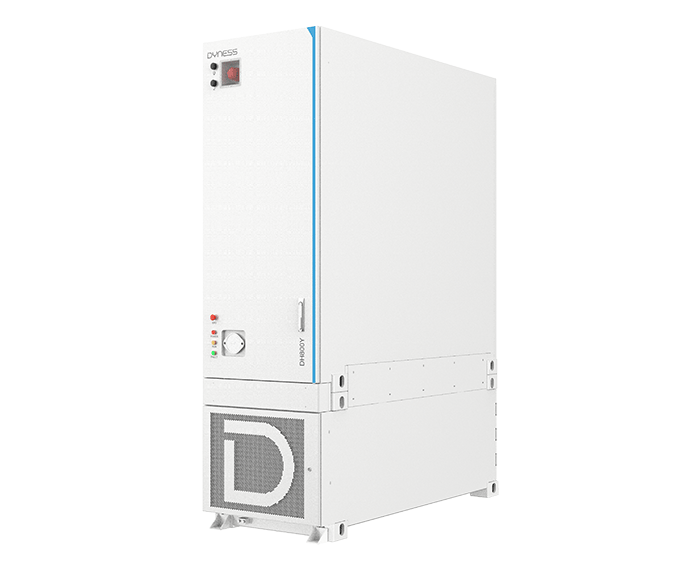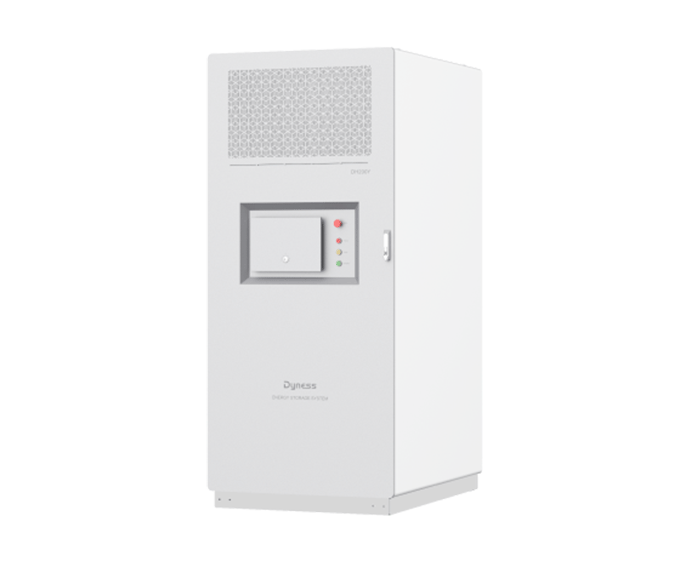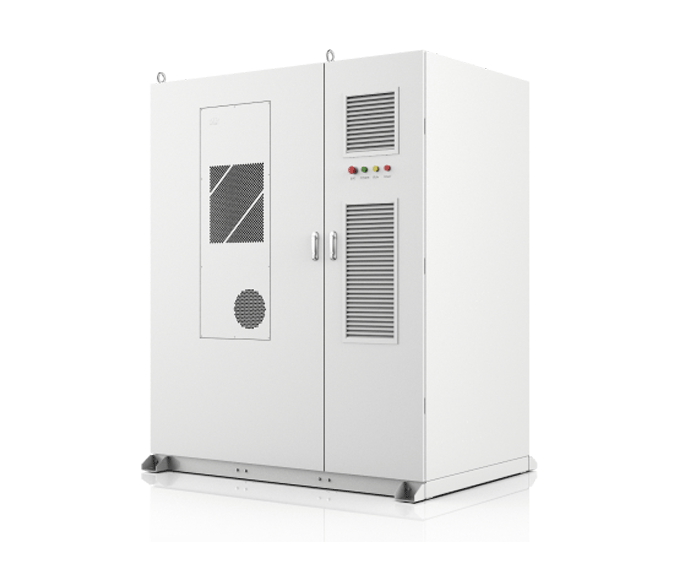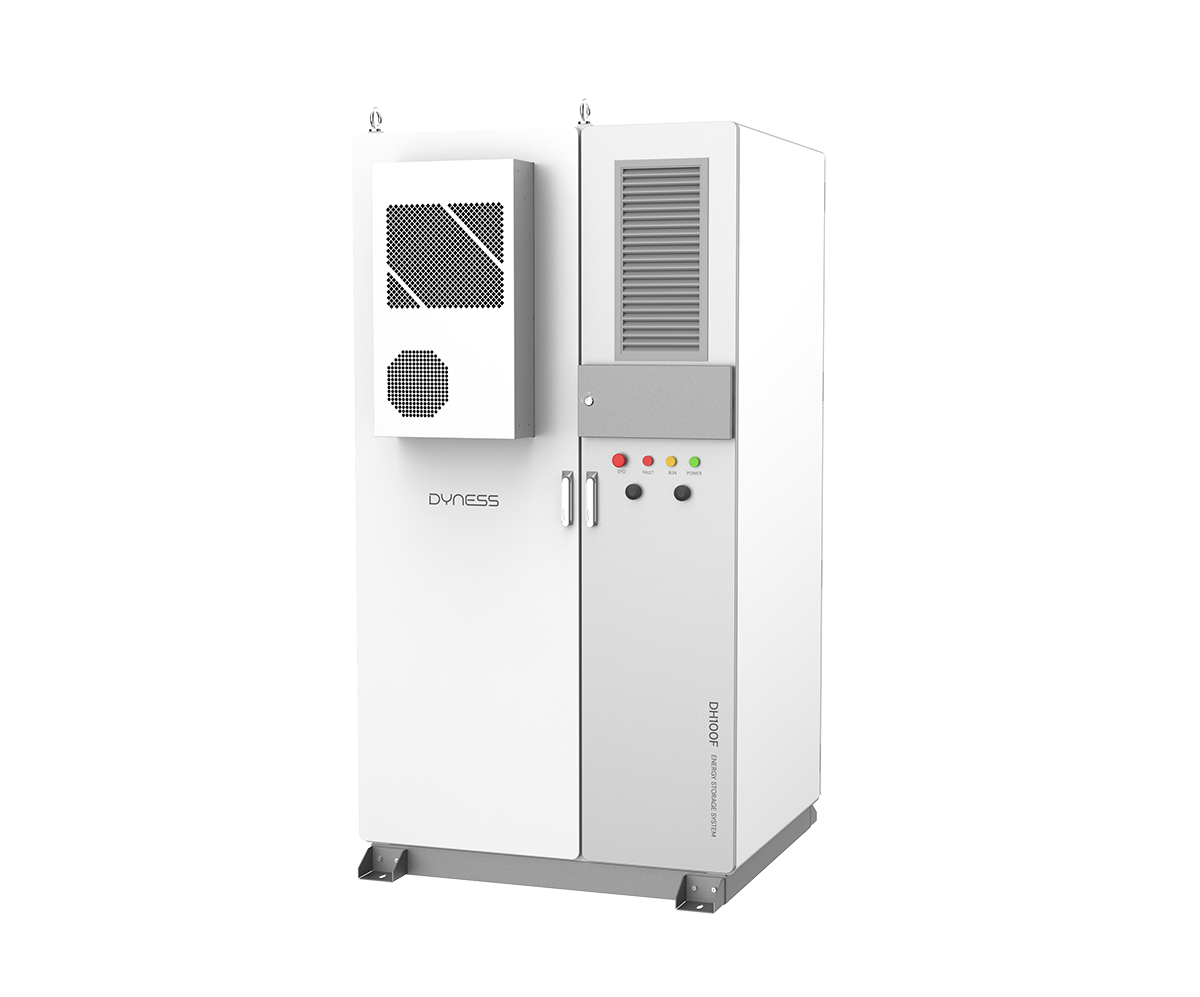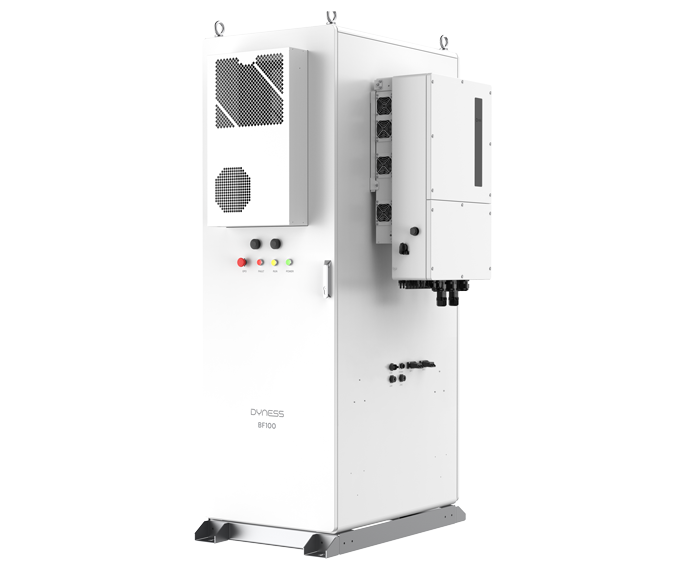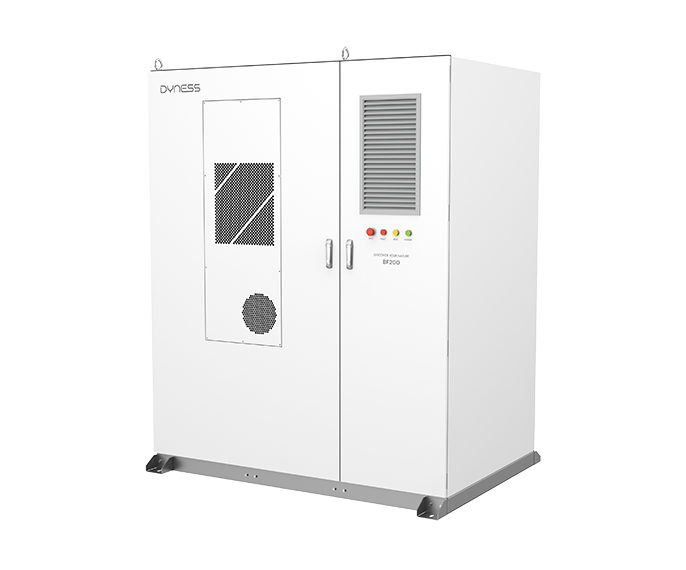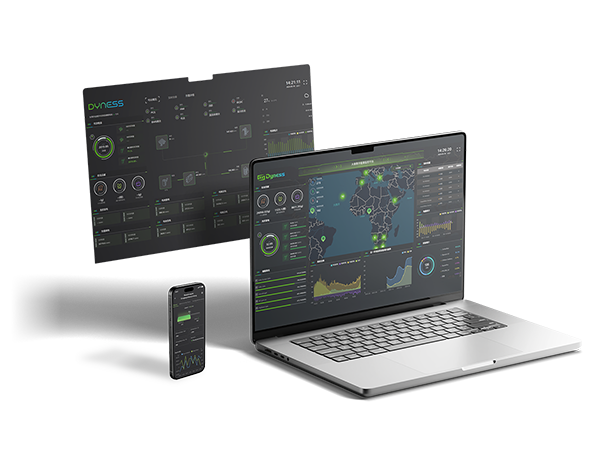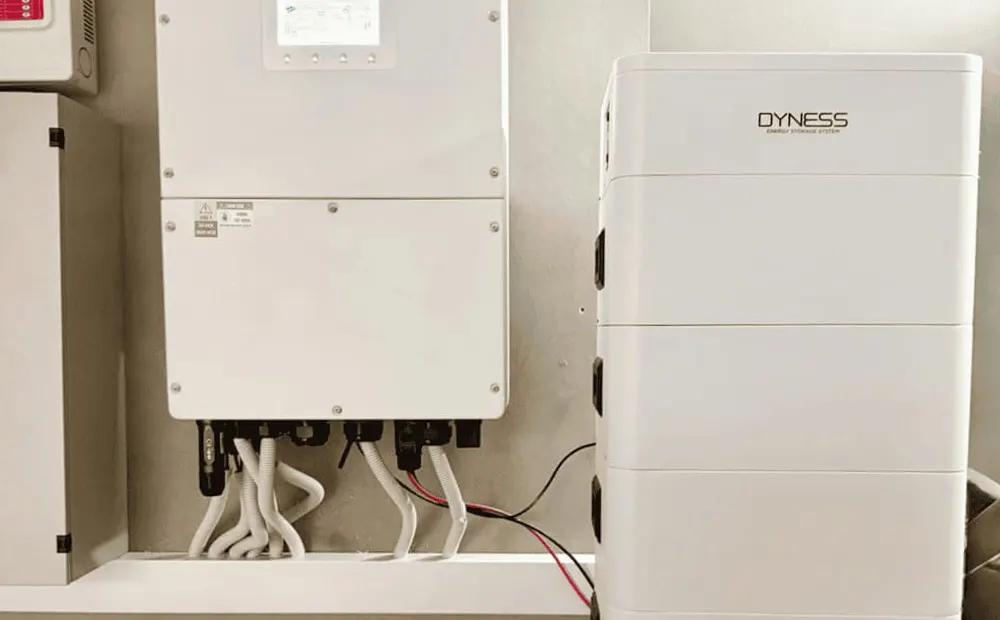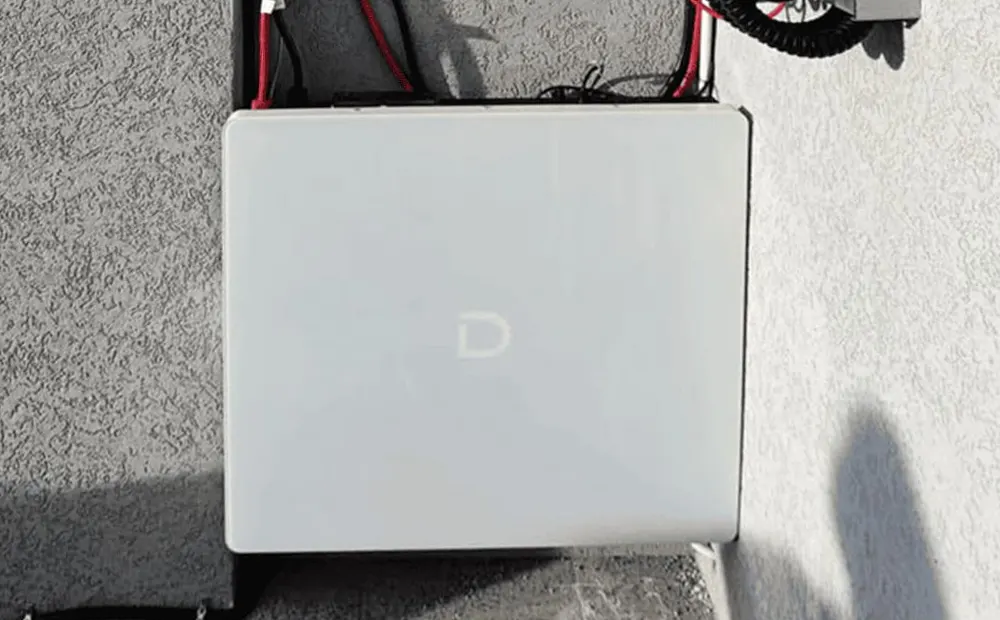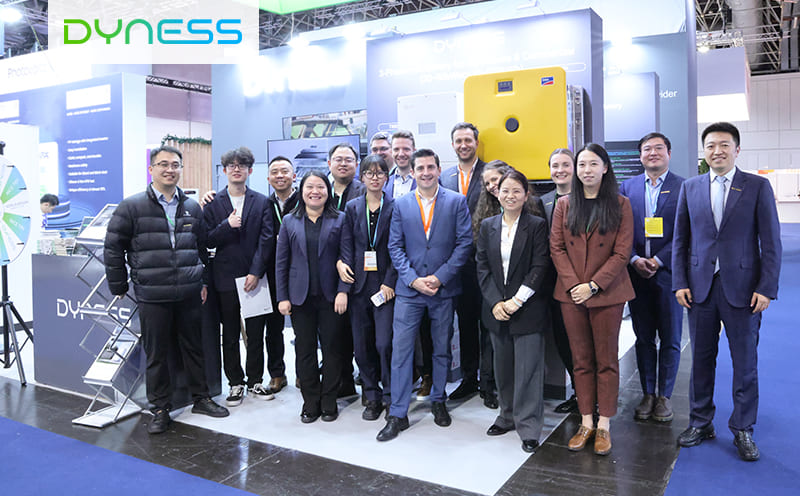Dyness Knowledge | How Industrial and Commercial Energy Storage Can Reduce Demand Charges?
-
Technical Blog
-
2025-07-30
-
Dyness

Dyness Industrial and Commercial Energy Storage can significantly reduce corporate electricity costs through precise demand management, which is especially suitable for high-demand electricity fee scenarios. With the maturity of technology and policy support, energy storage is changing from "optional" to "mandatory", becoming a key tool for corporate energy management. In the future, combined with AI optimization algorithms and integrated energy services, the cost-reduction and efficiency-increasing potential of energy storage will be further released.
Demand charges are charges that power companies charge based on the user's maximum demand power (kW) during a settlement period (usually one month), regardless of power consumption (kWh). The purpose is to allow users to pay for the capacity reservation of the grid to avoid overloading the grid due to short-term high-power consumption. Demand charges are charged as maximum demand power (kW) × demand price (RMB/kW). For example, if the highest instantaneous power of a company in a certain month is 1000kW and the demand price is 48 RMB/kW, the demand fee for that month is 48,000 RMB. The characteristic of demand charges is that they are charged according to peak power. Short-term high-power loads (such as motor starting and centralized air conditioning operation) may cause a surge in electricity charges. Demand prices vary greatly in different regions and industries, but are generally higher than capacity charges.
The energy storage system uses the "peak shaving and valley filling" strategy to discharge during peak hours, reducing the instantaneous power obtained from the power grid, thereby reducing the maximum demand value. Its core logic is to use smart meters to collect power consumption data in real time and monitor the power consumption of enterprises in real time. When the power is close to the historical peak or the set threshold, the energy storage system automatically discharges, and the energy storage inverter (PCS) responds quickly to achieve charging and discharging switching at the millisecond level. It supplements part of the power demand and prevents the power drawn from the power grid from exceeding the limit.
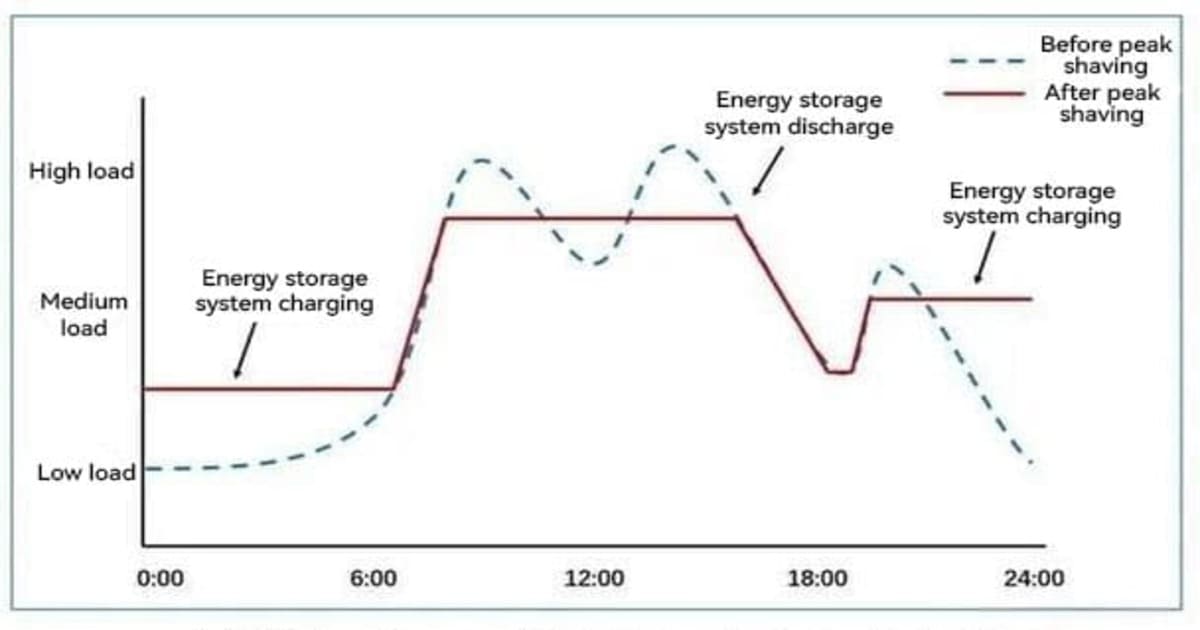
In the scenario of reducing demand charges, the optimal configuration of battery capacity: if the enterprise needs to reduce the peak power by 100kW for 2 hours, at least 200kWh of energy storage capacity is required. At the same time, the battery capacity configuration needs to be determined in combination with the load curve, charge and discharge efficiency (usually 90%-95%) and battery attenuation factors.
However, in actual applications, peak shaving and valley filling are often accompanied by the application of peak-valley arbitrage, that is, the company's income comes from two parts. One part is the existence of the peak-valley electricity price difference, which allows customers to choose to charge energy storage when electricity prices are low, and choose to discharge energy storage during peak electricity prices for load use, thereby making profits through the peak-valley price difference. The other part is that energy storage is discharged when the load power is large, reducing peak power and thus reducing capacity costs.
For example, in the projects implemented in Taiwan, Dyness not only provides the solution of reducing electricity costs by using peak-valley arbitrage, but also provides the solution of reducing customer demand electricity costs by controlling energy storage through self-developed EMS to reduce peaks and fill valleys. After installing the Dyness DH200Y liquid-cooled integrated battery cabinet, the customer saved about NT$16,600 in demand electricity costs in the summer months (taking May 2025 as an example) and was exempted from the previous NT$63,700 due to overcapacity, saving the customer a total of about NT$80,000, equivalent to about RMB 20,000.
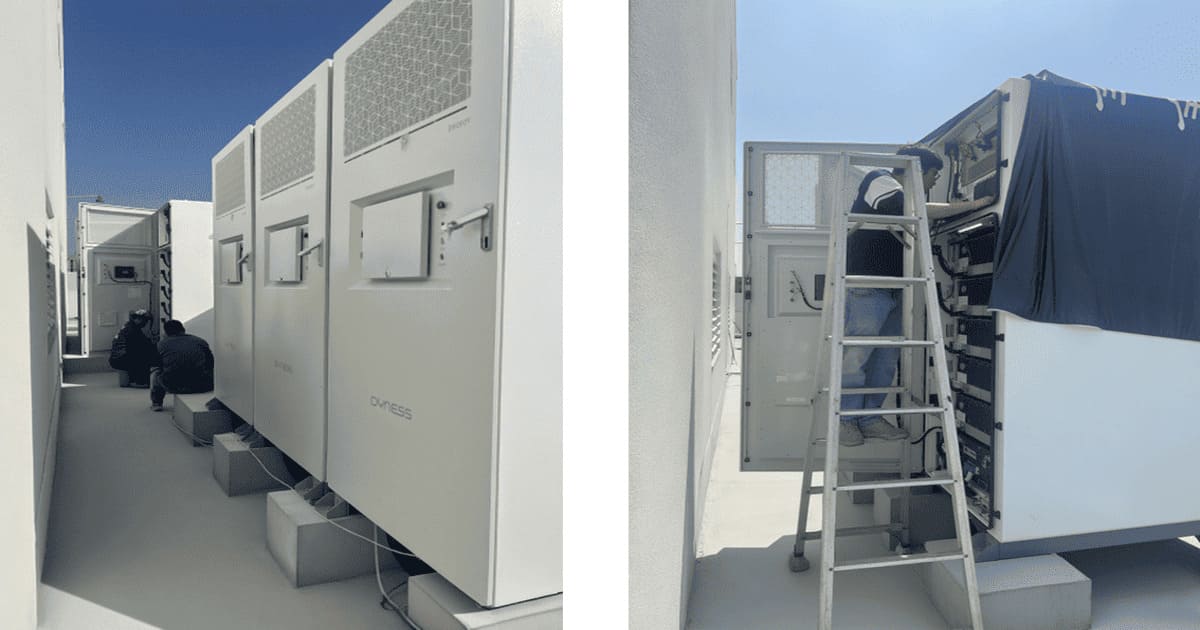
In short, Dyness Industrial and Commercial Energy Storage can significantly reduce corporate electricity costs through precise demand management, which is especially suitable for high-demand electricity fee scenarios. With the maturity of technology and policy support, energy storage is changing from "optional" to "mandatory", becoming a key tool for corporate energy management. In the future, combined with AI optimization algorithms and integrated energy services, the cost-reduction and efficiency-increasing potential of energy storage will be further released.





